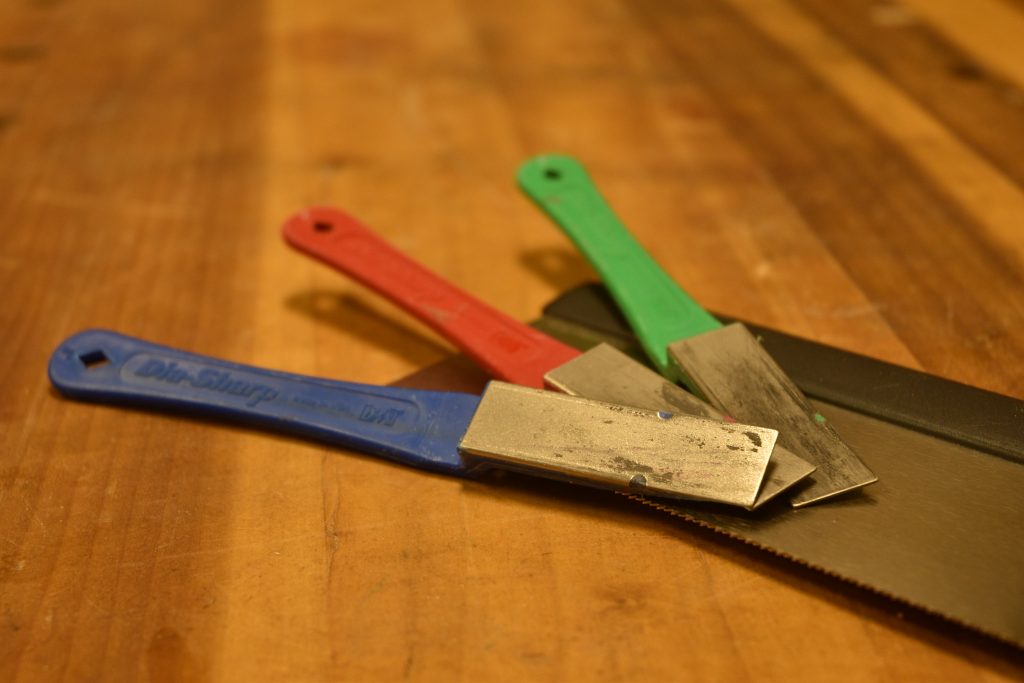We may receive a commission when you use our affiliate links. However, this does not impact our recommendations.

I use diamond paddles to hone the first tooth.
Lt. Col. Hal Moore was credited with saving most of his men in the first major conflict of the Vietnam War at the Battle of la Drang. He was able to drop his men into the middle of an enemy stronghold – the only escape was straight up via helicopter. His company persevered. One virtue he instilled in his soldiers was that “there’s always one more thing you can do to increase your odds of success.” Moore’s men also knew he would be the first man on the ground in battle and the last to leave. He retired a lieutenant general in the U.S. Army in 1977, he died in February 2017.
I looked at the first tooth of my handsaw a while back and thought of Moore. A saw is a row of soldiers ready and willing to do battle for you. Yet there is only one tooth among the many that leads by example and motivates the others to perform at their peak, tracking straight and cutting smooth. That tooth is a saw’s Hal Moore – it is the first to enter the battlefield and the last to leave.
This is evident when you cut a stopped dado. Logic tells you to stop sawing when you reach a point where the kerf is at your stop and your baseline, however, this creates an angled cut that offers a nice face but ignores the real fight further down in the dado. If you stop now, there is a triangle of wood below the surface that hasn’t been severed. Half the battle is ignored and left to be messed up as you carve it away with a chisel. But a leader will tell you there is one more thing you can do to increase your odds of creating a successful joint. Keep sawing. If your first tooth is sharp, you can trust it to lead the rest true. It’ll track straight even when buried in a board, creating a path for the other teeth to clear waste to your desired depth. Battle won.
Completely severing the fibers of the sides of a stopped dado to full depth with a saw speeds up your work and gives you control. You can use a diamond paddle or high-grit abrasive to hone that first tooth between sharpening sessions for the rest of the saw. Keep that first tooth filed sharp – it is your saw’s leader.
– Shawn Graham
Here are some supplies and tools we find essential in our everyday work around the shop. We may receive a commission from sales referred by our links; however, we have carefully selected these products for their usefulness and quality.









Don’t you worry about banging the front of the saw into the stop and kinking your plate? Given the speed at which you were cutting in the video, how do you prevent that?
Shawn, are suggesting that the first tooth is always a half-tooth? Because if the first tooth is a full tooth, then there will always be a triangle left behind. A picture of the leading edge of the saw would be appreciated.
Thanks,
Mike